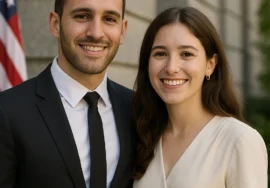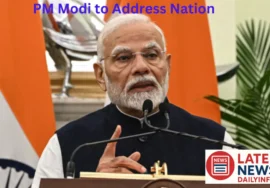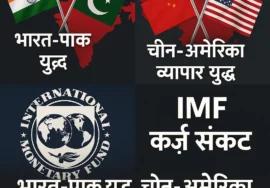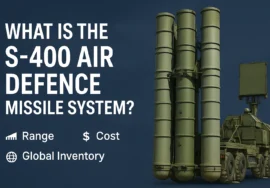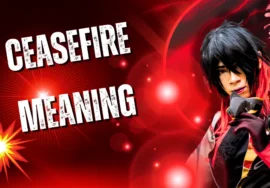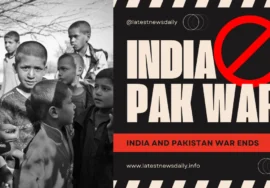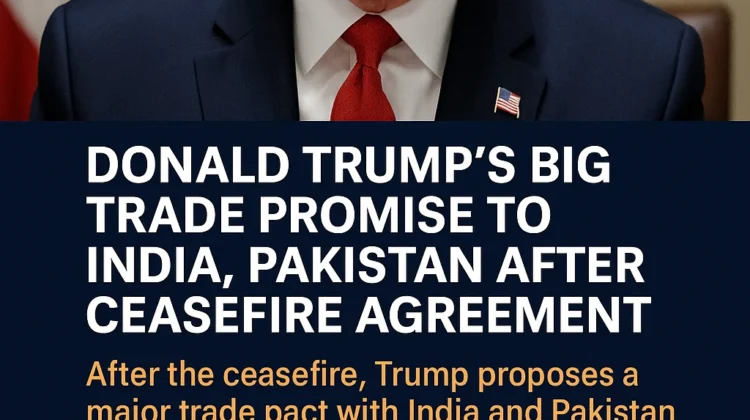
Donald Trump’s Big Trade Promise to India, Pakistan After Ceasefire Agreement
Introduction: Ceasefire and the Unexpected Trade Twist
Peace and politics often go hand in hand — but sometimes, it’s economics that pushes the peace process forward. Following a landmark ceasefire agreement between India and Pakistan, former U.S. President Donald Trump has stirred global attention with a bold proposal: a major trade pact with both nations — if they maintain peace.
In typical Trump fashion, it’s big, bold, and headline-worthy. But behind the theatrics, could this be a real step toward stability in South Asia? Let’s break it down.
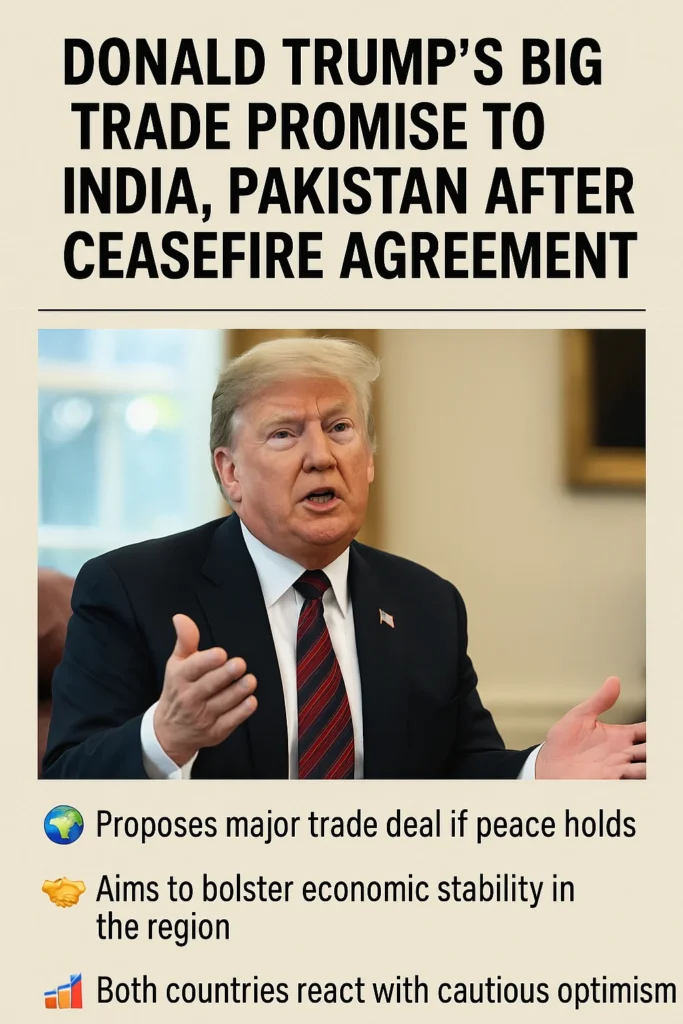
Setting the Stage: India-Pakistan Ceasefire Agreement
In a surprise move, India and Pakistan agreed to reaffirm their 2003 ceasefire across the Line of Control (LoC). This announcement was met with cautious optimism worldwide. After decades of tension, cross-border skirmishes, and bitter rhetoric, this ceasefire offers a rare window of peace.
The move comes amid international calls for calm and regional stability — and now, economic opportunity seems to be entering the conversation, with Trump’s trade diplomacy taking the spotlight.
What Did Donald Trump Actually Say?
Shortly after news of the ceasefire broke, Trump — known for his unconventional diplomacy — made a public statement:
“If India and Pakistan can keep this peace going, I’ll make sure they get the biggest trade deal they’ve ever seen. The U.S. will support prosperity over war.”
While not in office anymore, Trump’s influence in global politics (and media) is undeniable. His message echoed his previous attempts at diplomatic intervention during his presidency, particularly around Kashmir and Afghanistan.
The Bigger Picture: Why Trade Matters in Peace Talks
Trade isn’t just about money. It’s often used as a strategic incentive to maintain peace and cooperation. Here’s how Trump’s promise might fit into that playbook:
Economic Interdependence Reduces Conflict
Countries that trade together have more to lose if war breaks out. Offering lucrative trade ties could make the cost of conflict too high for either side.
Soft Power Over Hard Power
Instead of military pressure, the U.S. would use economic carrots — not sticks — to encourage diplomacy. It’s a softer, arguably smarter, approach.
Stabilizing a Volatile Region
The Indian subcontinent is critical to global security and trade routes. Peace between India and Pakistan can unlock regional potential — and the U.S. wants a seat at that table.
What Could the Trade Deal Include?
While Trump hasn’t offered specifics (yet), experts speculate it could include:
- Reduced tariffs on key exports like textiles, pharmaceuticals, and IT services
- Investment incentives for U.S. companies to operate in both countries
- Infrastructure funding under U.S.-backed private investment frameworks
- Energy cooperation involving LNG, solar, and clean tech
If structured fairly, such a trade pact could transform local economies and create jobs — making peace economically rewarding.
Reactions from India and Pakistan
The responses from both capitals have been measured but positive.
🇮🇳 India’s Take:
India welcomed the ceasefire reaffirmation and emphasized its desire for “peaceful and cooperative” relations. Officials, however, remain cautious of external mediation, particularly from Trump, whose past Kashmir comments stirred controversy.
🇵🇰 Pakistan’s Perspective:
Pakistan views trade as a natural next step if political ties normalize. With inflation and economic hardship weighing on public sentiment, the prospect of trade with both the U.S. and India is being closely watched.
Is This Just Another Trumpism — or Something Bigger?
Many analysts are wondering: Is this just political posturing, or a serious offer?
Even if Trump doesn’t hold office, his statements can:
- Influence public discourse in both South Asia and Washington
- Put pressure on current U.S. officials to explore similar trade incentives
- Highlight how economic cooperation can complement peace efforts
And if Trump returns to power — or his allies gain influence — this proposal could shape future policy.
Challenges Ahead
Of course, peace and trade aren’t as simple as a handshake and a promise. Several hurdles remain:
- Historical mistrust between India and Pakistan
- Terrorism concerns and cross-border insurgency
- Political shifts in upcoming elections in both countries
- Changing U.S. priorities under the current administration
Yet, the idea that trade — not just treaties — could push peace forward is gaining traction.
FAQs: Understanding Trump’s Trade Promise
❓Why is the ceasefire significant?
It marks a return to dialogue and de-escalation after years of border tensions and military standoffs.
❓Is Trump still influential in foreign policy?
While not in office, Trump remains a major voice in U.S. politics, and his foreign policy ideas still carry weight.
❓Can trade deals really prevent war?
Yes, when nations benefit economically from peace, they are more likely to avoid conflict and foster cooperation.
❓What should we expect next?
Much depends on how long the ceasefire holds and whether current U.S. policymakers build on Trump’s proposal.
Conclusion: A New Road to Peace?
Donald Trump’s trade proposal to India and Pakistan may sound dramatic — and yes, a little self-promoting — but at its core lies a powerful idea: peace pays.
If regional leaders and the global community can channel this momentum into actionable policies, trade could become more than just business — it could become the bridge to stability in South Asia.
In a world weary of war, maybe it’s time we gave trade diplomacy a real shot.


